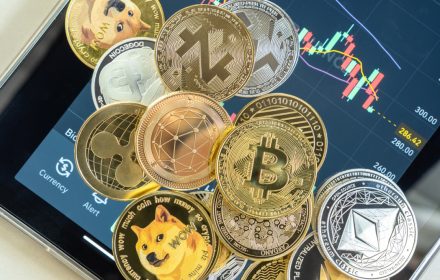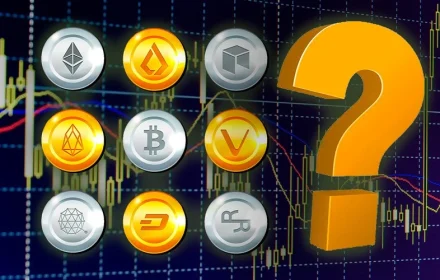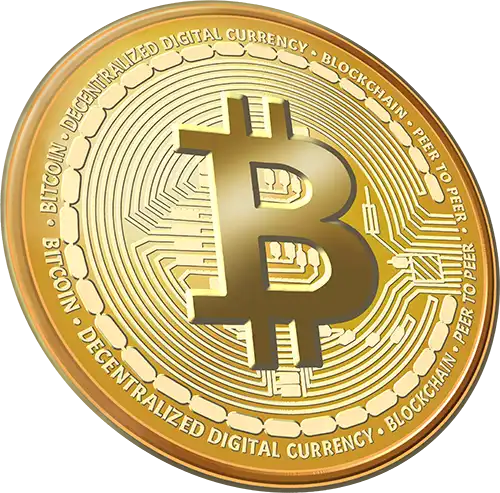
Learn about new opportunities to invest in koins. Discover the outlook for cryptocurrencies and their impact on the market. Join the financial revolution!
Read more
The crypto market is entering a phase of maturity. The year 2025 promises to reshuffle the balance between old-timers and new players. The question of which cryptocurrency is the most promising becomes central for investors seeking sustainable growth rather than hype. The pace of blockchain development is accelerating, while the level of regulatory control is …

The top cryptocurrencies of the week at the end of October show that digital assets compete not only with technologies but also with liquidity. The high market volatility generates record trading volumes, and traders shift their focus to projects capable of providing fast and efficient capital inflow/outflow. The analysis of the week’s leaders focuses on …

The financial map of the world is quickly losing its old boundaries. The crypto market is evolving from an experimental zone into a systemic element of the global economy. Forecasts for cryptocurrencies in 2026 reflect a shift in paradigm: blockchain technologies are becoming the infrastructure of future finance, where digital assets compete with traditional instruments …

Passive income through cryptocurrencies is already shaping a new market economic habit: digital assets are starting to work without constant monitoring and verbose strategies. The segment demonstrates steady growth in 2025-2026 due to infrastructure development, technological advancements, and increased transparency. The engine behind this process is a combination of mature blockchain, increased transaction speed, the …

A shutdown in the USA is a rare event that can impact global markets more precisely than any sanctions or the Federal Reserve’s interest rates. This process begins when Congress and the Senate fail to approve a budget, leaving federal agencies without funding. Thousands of programs are halted, employees go on unpaid leave, and the …

The ranking of the best cryptocurrency exchanges in 2025 is shaped against the backdrop of fundamental changes. Exchanges have ceased to be just places for token exchange. Platforms compete in execution speed, balance transparency, advanced derivatives, order book depth, and strict regulation. CoinDesk, Forbes, CoinGecko, and independent analytical agencies are noting a new balance of …
Enjoy a wide range of koin games where you can use your strategy and skills to win more
All koin transactions are instant, allowing you to make quick deposits and withdrawals safely and conveniently
Receive special bonuses and rewards when you play for coins, making the experience even more rewarding
All transactions with koins in our casino are completely safe and anonymous, which guarantees your protection and comfort while playing the game
Dive into the world of koins and discover new investment horizons! Learn about promising cryptocurrencies, innovative projects and strategies for successful investments. Don't miss the chance to be a part of the financial revolution and increase your capital with koins!
